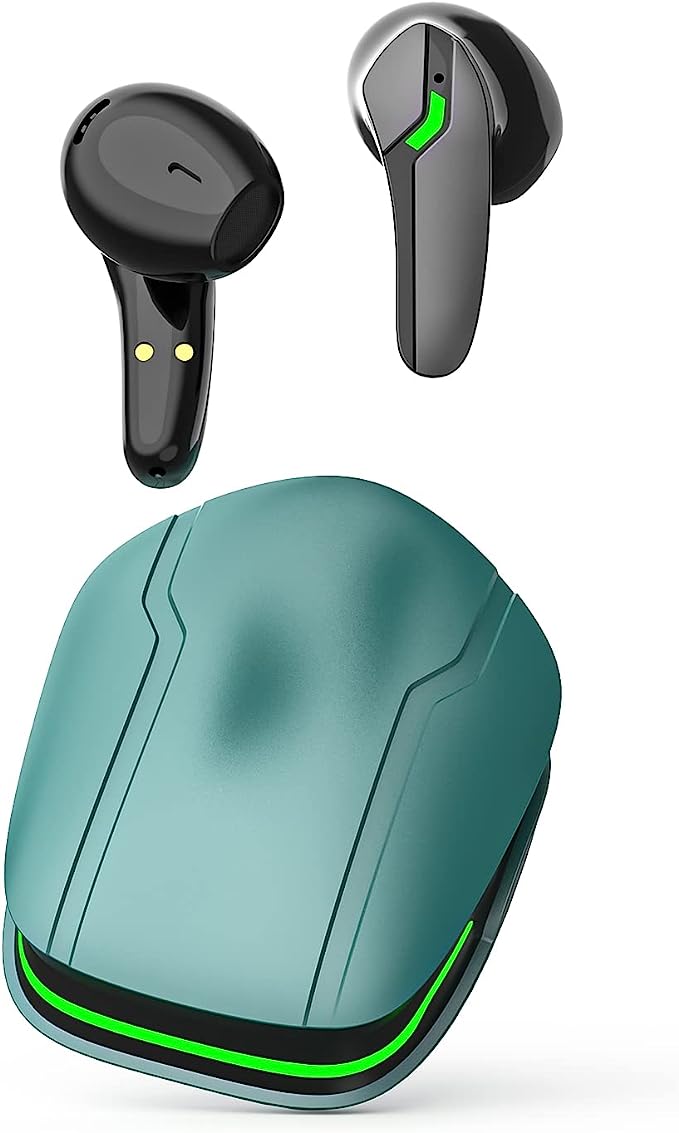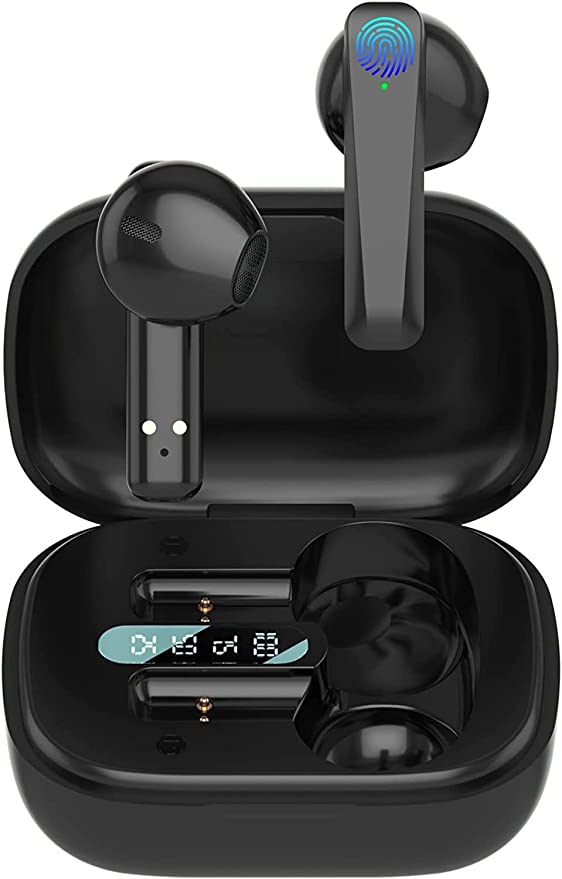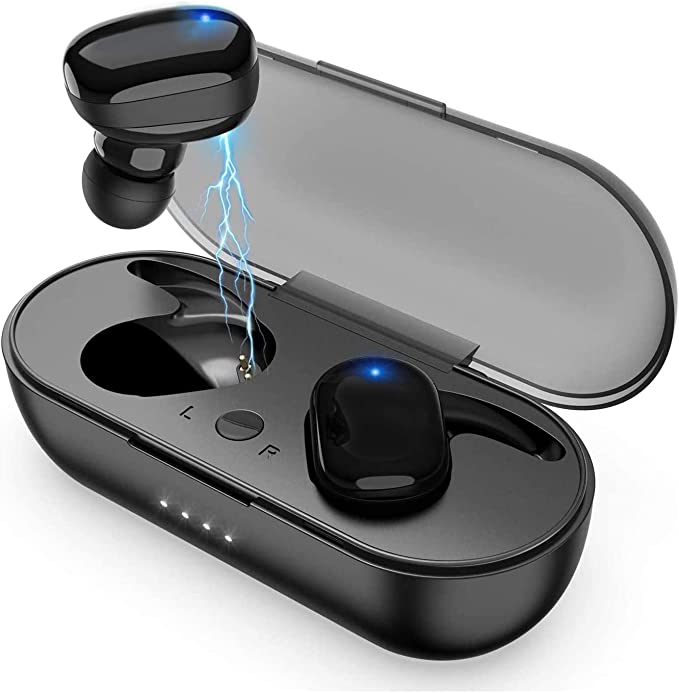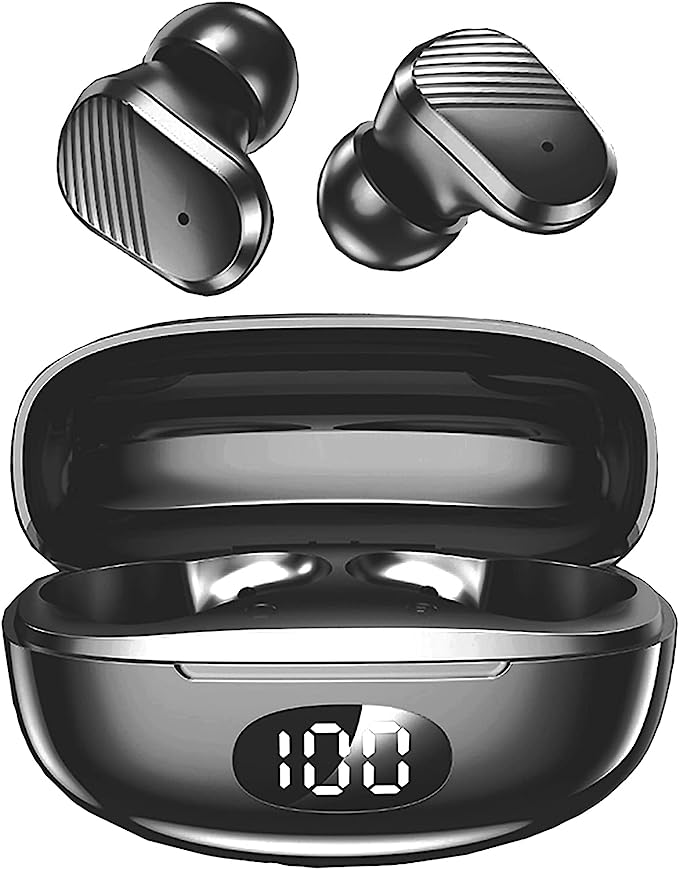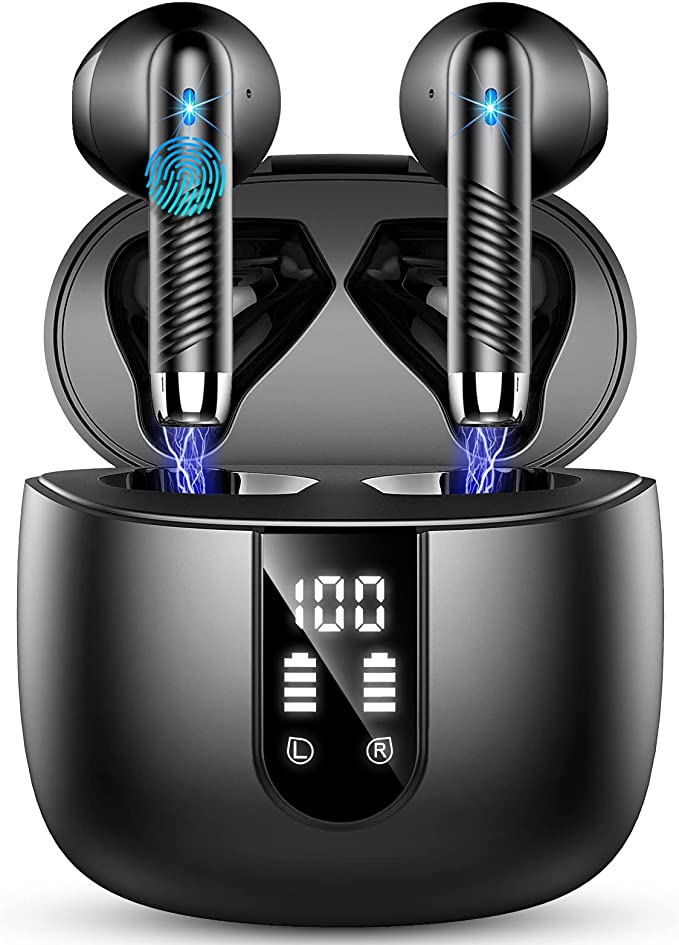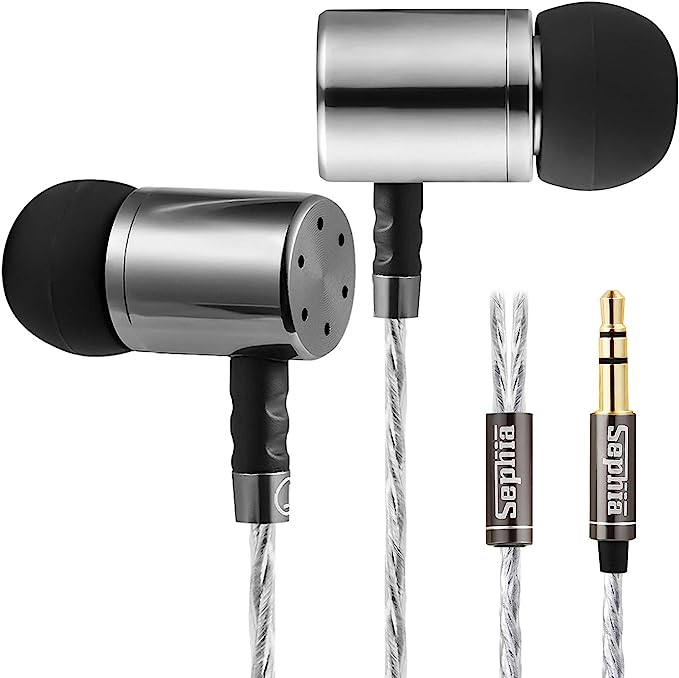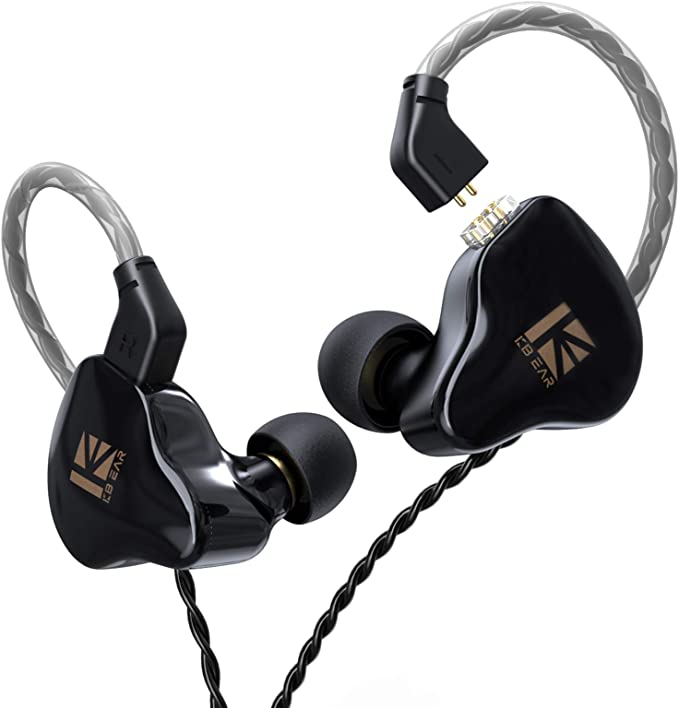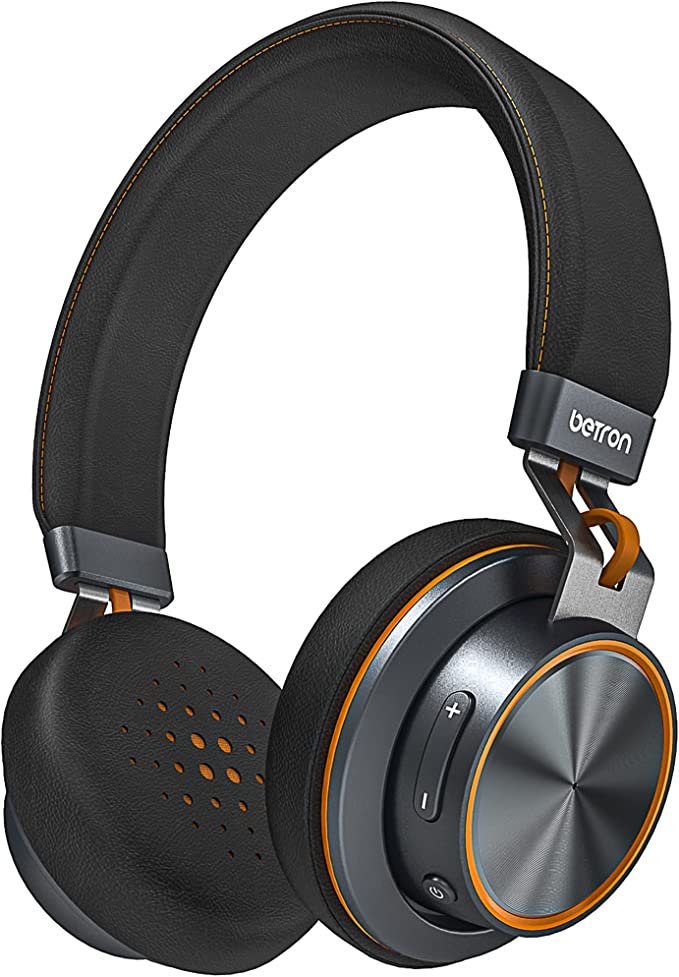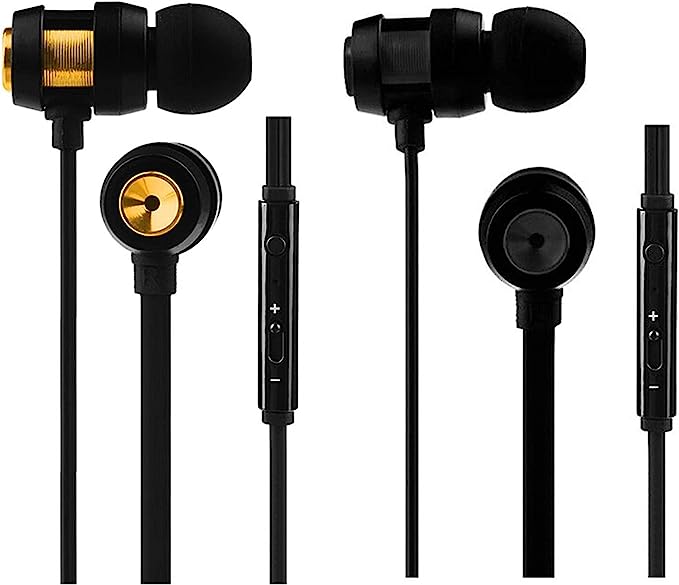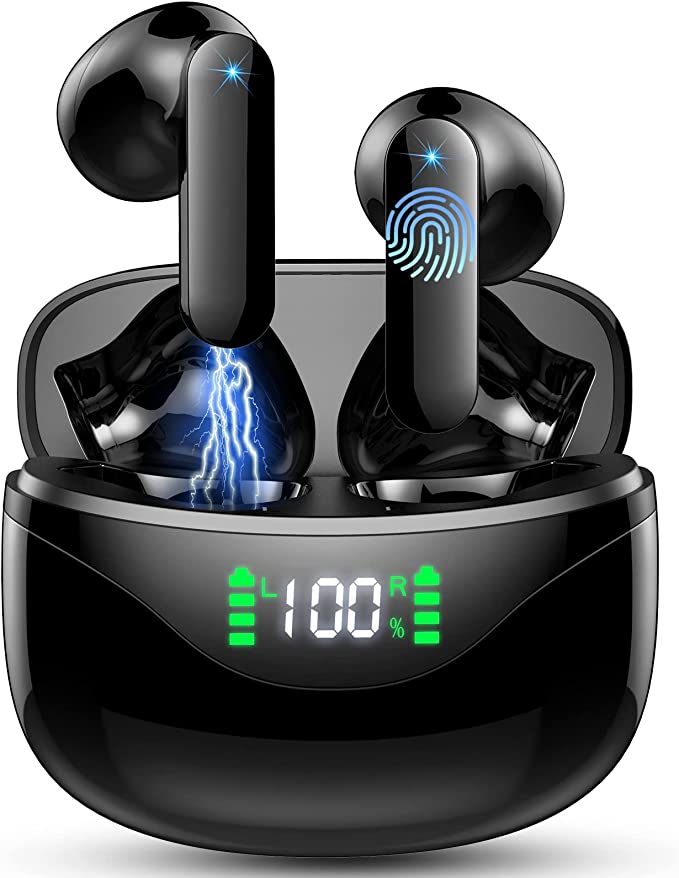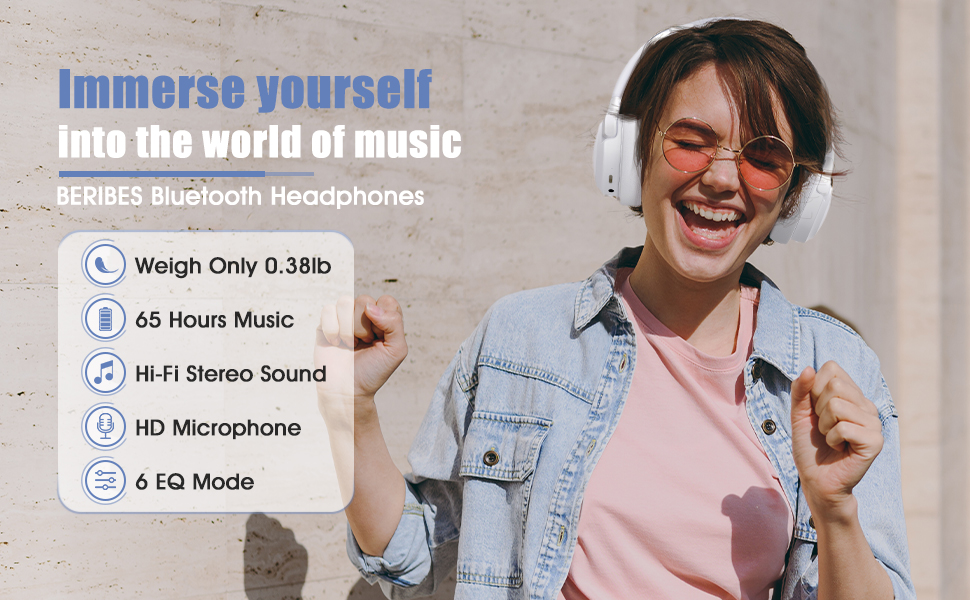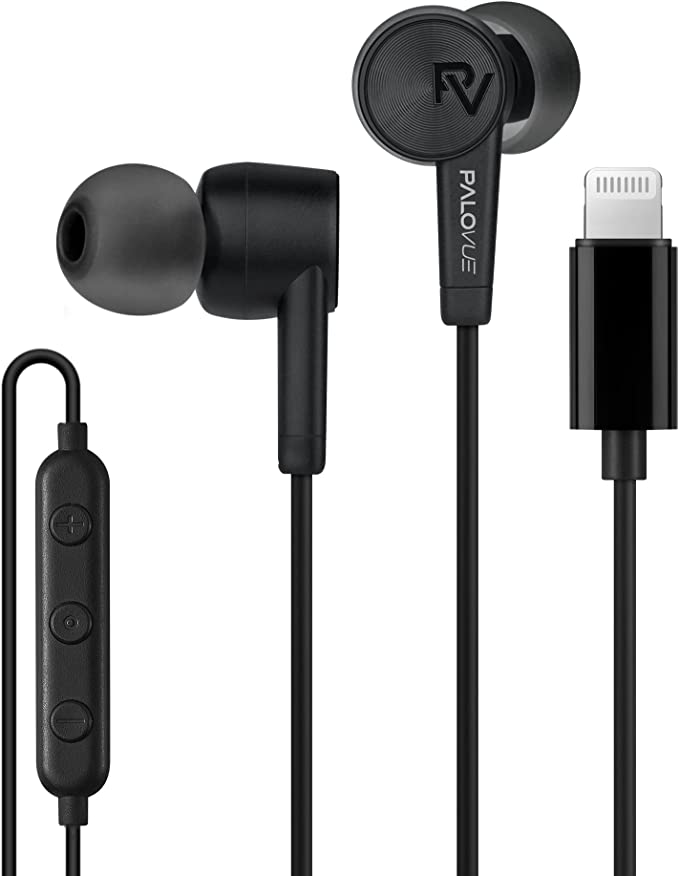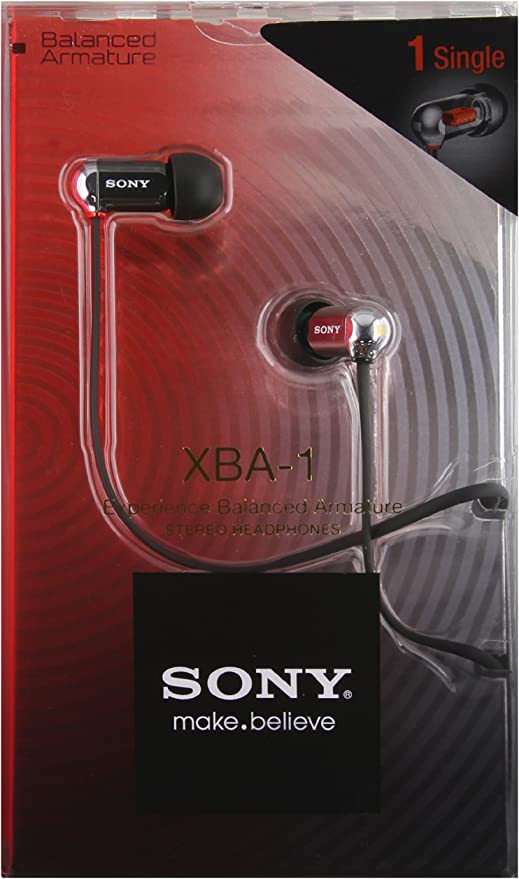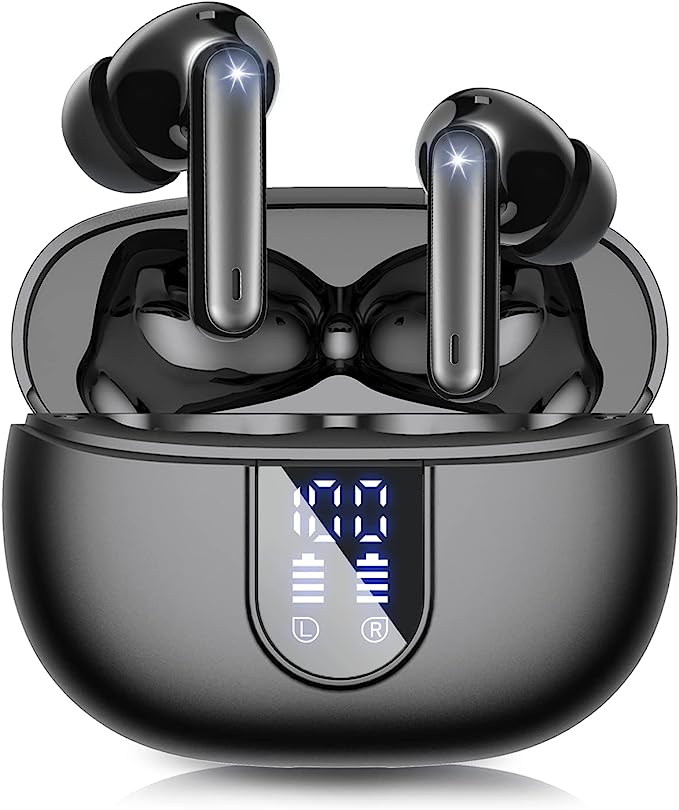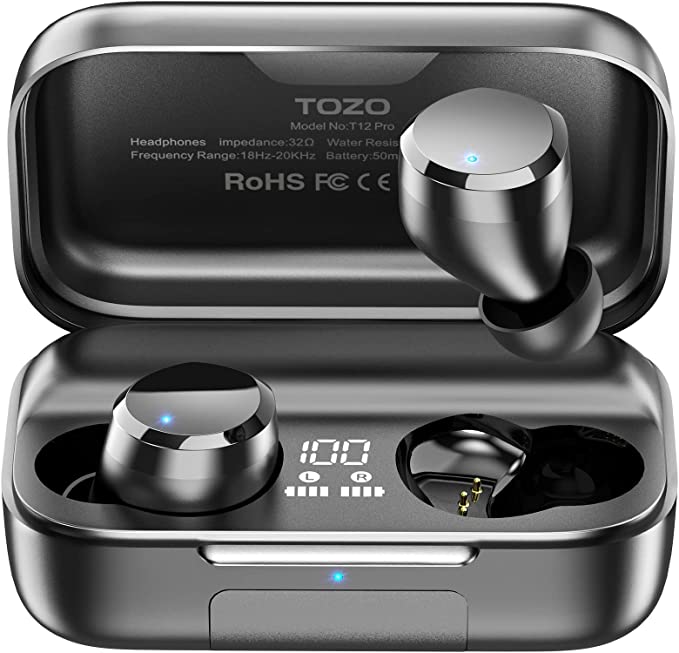Osdfono U5 Wireless Earbuds: Stay Connected and Enjoy Deep Bass on the Go
Update on Aug. 24, 2025, 4:02 p.m.
In the 10th century, a Viking king named Harald “Bluetooth” Gormsson united the disparate, warring tribes of Denmark and Norway. He didn’t invent a new weapon or a new god; he created connections. A millennium later, in 1996, engineers at Ericsson, tasked with creating a universal standard to connect different devices, borrowed his name. The moniker was a perfect metaphor for their mission: to create a single, wireless language that could unite the chaotic tribes of cell phones, computers, and accessories.
Today, that technology is so ubiquitous, so deeply embedded in our lives, that it resides invisibly inside devices like the Osdfono U5—a pair of wireless earbuds that costs less than a large pizza. This accessibility is a modern miracle. But it’s not magic. It is the quiet triumph of decades of scientific progress, shrewd engineering, and the artful mastery of the trade-off. By looking closely at this unassuming piece of hardware, we aren’t just reviewing a product; we are dissecting an artifact of our time, a case study in how profound technology becomes ordinary.

The Silent Handshake: Why Your Connection Stays Solid
Step into any modern gym, and you enter a storm of invisible energy. Wi-Fi routers, smartwatches, televisions, and dozens of other smartphones are all screaming into the same 2.4 GHz radio frequency band. In this chaotic environment, maintaining a stable audio stream to a pair of tiny earbuds is a monumental challenge. Early Bluetooth devices would have faltered, surrendering your workout anthem to a barrage of stutters and dropouts.
The U5’s stability is owed to Bluetooth 5.2, a standard that represents the maturation of the technology. Its resilience comes from a principle baked into Bluetooth from the start: Frequency-Hopping Spread Spectrum (FHSS). Instead of broadcasting on a single fixed channel, the earbuds and your phone are in a constant, synchronized dance, hopping between 79 different channels hundreds of times per second. It’s like having a secret conversation in a crowded room by rapidly switching languages—any single eavesdropper (or source of interference) can only catch a meaningless fragment.
Bluetooth 5.2 refines this further with LE Isochronous Channels. Think of the radio spectrum as a multi-lane highway. This technology creates a dedicated, high-priority lane just for your audio packets, ensuring they arrive in a perfectly timed, uninterrupted sequence. For the user, the result is not a feature to be advertised, but the absence of a problem. The connection simply works. This is the hallmark of truly mature technology: its complexity becomes so reliable that it fades into the background, becoming an invisible handshake you never have to think about.

The Mechanical Heartbeat: Crafting Sound from Electricity
Once the digital signal has safely arrived, the earbud faces its most fundamental task: converting abstract ones and zeros into the physical pressure waves we perceive as sound. This mechanical alchemy happens inside the 10mm dynamic driver, a miniature, elegant engine that has been the backbone of audio for over a century.
At its core, a dynamic driver is the embodiment of a basic physics principle: electromagnetism. An electrical current carrying the audio signal flows through a tiny coil of wire, which is attached to a flexible membrane, or diaphragm. This coil sits in the field of a permanent magnet. As the current fluctuates, it generates a changing magnetic field, causing the coil and the attached diaphragm to vibrate rapidly back and forth. This movement is the device’s vocal cord; it pushes and pulls the air, creating the waves that travel down your ear canal.
The U5’s claim of “deep bass” is a direct consequence of its driver’s 10mm diameter—a relatively large size for an in-ear device. Bass notes are low-frequency waves, and to produce them with authority, you must move a substantial volume of air. A larger diaphragm is simply better at this, like using a wide cello bow instead of a narrow violin bow to produce a deep, resonant note.
However, this presents engineers with a classic dilemma. The diaphragm must also be incredibly light and rigid to vibrate fast enough for crisp, clear high frequencies. A material that is too flexible will sound muddy; one that is too stiff and heavy will lack bass. The U5’s triple-layer composite diaphragm is a textbook example of an engineering trade-off. By bonding different materials—perhaps a rigid polymer layer for treble clarity with a flexible one for bass response—designers can achieve a balance. It is not the exotic beryllium or diamond-like carbon of an audiophile headphone, but it is a clever, cost-effective solution tailored to deliver the powerful, energetic sound signature that most people want for a workout. It’s a choice, a deliberate act of acoustic sculpting for a specific purpose.

The Lingua Franca of Sound: A Lesson in Smart Compression
The music file on your phone is not a perfect replica of the studio recording; it is a compressed version, made smaller for efficient storage and transmission. The rules for this compression are dictated by a codec. The U5 supports the universal SBC and Apple’s preferred AAC (Advanced Audio Coding).
To understand why this matters, we must touch on the fascinating science of psychoacoustics—the study of how we perceive sound. Our hearing is imperfect. For instance, a loud sound will completely mask a quieter sound at a nearby frequency. You can’t hear a whisper next to a gunshot. Smart codecs like AAC exploit this. During compression, they analyze the music and strategically discard data that your brain is unlikely to perceive anyway—the “whispers” next to the “gunshots.”
SBC is a far simpler, brute-force codec. It gets the job done but is not nearly as clever. AAC, with its sophisticated psychoacoustic model, can achieve audibly better quality at the same data rate. It’s the difference between a translator who gives you a literal, word-for-word translation (SBC) and one who understands idiom and context to convey the true meaning (AAC). For iPhone users, the U5’s support for AAC means they are getting a significantly more intelligent and efficient translation of their digital music.

An Athlete’s Armor: Engineering for the Real World
Great sound and a stable connection mean nothing if the earbuds fall out mid-sprint or die from exposure to sweat. The U5’s physical design is a masterclass in purpose-driven engineering.
The over-ear hook is a simple solution to a complex biomechanics problem. An earbud sitting solely in the ear canal is held by friction, which is easily overcome by the inertial forces of a bouncing runner. The hook transforms the design, using the rigid cartilage of the outer ear as an anchor. It functions as a cantilever, distributing weight and creating a secure fit that is almost immune to motion.
Even more critical is its defense against moisture. The IPX5 rating is not a marketing buzzword; it is a precise standard defined by the International Electrotechnical Commission (IEC 60529). The ‘X’ means it has not been tested for dust ingress, but the ‘5’ certifies that the device can withstand water jets from a 6.3mm nozzle at a flow rate of 12.5 liters per minute for at least three minutes. This is crucial because sweat is far more dangerous to electronics than rain. Its salt content makes it highly conductive and corrosive. The seals and coatings required to meet the IPX5 standard are an essential shield, preventing sweat from causing a short circuit. It’s a perfect example of the engineering philosophy of “fitness for purpose.” Full submersion (IPX7) is unnecessary for a runner and would add cost; IPX5 provides exactly the protection required for the intended use.

The Quiet Triumph of Engineering
The Osdfono U5 will not satisfy the discerning audiophile, nor does it boast any single piece of revolutionary technology. But to dismiss it would be to miss the point entirely. Its brilliance lies not in innovation, but in integration. It is a symphony of mature technologies—radio communication, acoustics, material science, and battery chemistry—that have been honed over decades, their costs driven down by the relentless force of global manufacturing.

Each feature represents a deliberate choice, a careful balancing act between performance, cost, and the needs of a specific user. It embodies the art of the possible. More than just a gadget, it is a tangible piece of evidence for the democratization of technology, a process where the extraordinary slowly, quietly becomes the ordinary. From the Viking king who united tribes to the tiny radio that unites your devices, the quest to connect continues, now more accessible than ever.
